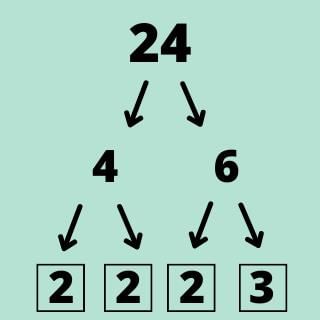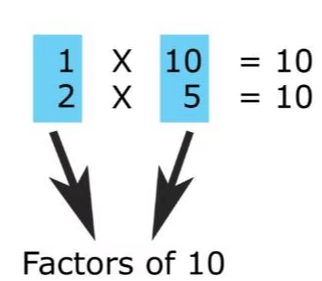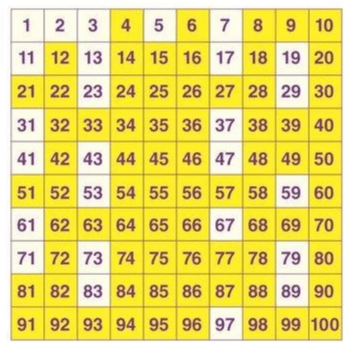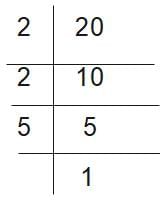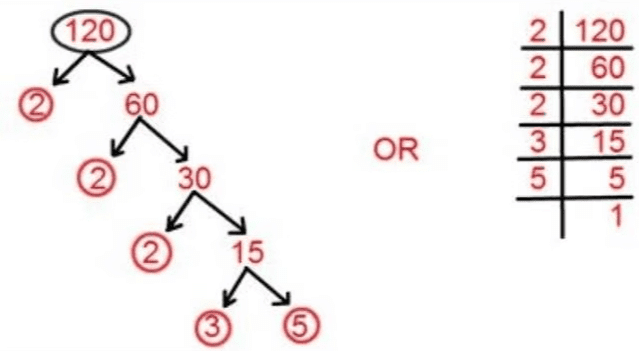|
Card: 1 / 40 |
A factor is a number that divides another number exactly, without leaving any ___. |
|
Card: 11 / 40 |
What do you call the numbers obtained by multiplying a given number by integers? |
|
Card: 13 / 40 |
Fill in the blank: All the factors of a number are either less than or equal to the ___. |
|
Card: 16 / 40 |
A prime number is a natural number that has exactly two distinct factors: 1 and itself. An example of a prime number is 13, which can only be factored as 1 × 13. |
|
Card: 17 / 40 |
The number 1 is classified as ___ because it does not meet the criteria for prime or composite numbers. |
|
Card: 19 / 40 |
Using the Sieve of Eratosthenes, what is the first step in identifying prime numbers? |
|
Card: 20 / 40 |
Write all the numbers from 1 to 100 in a table and cross out 1, as it is not a prime number.  |
|
Card: 22 / 40 |
False. The number 4 is a composite number because it has more than two factors: 1, 2, and 4. |
|
Card: 26 / 40 |
A composite number has more than two distinct factors, while a prime number has exactly two distinct factors: 1 and itself. |
|
Card: 28 / 40 |
Twin primes are pairs of prime numbers that differ by 2. Examples include (3, 5), (5, 7), and (11, 13). |
|
Card: 30 / 40 |
They have only '1' as a common factor. Examples include (2, 3), (5, 7), and (3, 4). |
|
Card: 33 / 40 |
Fill in the blank: The process of breaking down a composite number into its prime factors is called ___. |
|
Card: 37 / 40 |
Riddle: I am a number that is only divisible by 1 and myself, but I can pair with another to differ by 2. What am I? |
|
Card: 40 / 40 |
The two methods are the Factor Tree Method and the Continuous Division Method. |





